Are you ready to unlock the secrets of a peaceful mind and a tranquil soul? Discover the power of inner peace with the best posture for meditation.
From the classic Lotus pose to the grounded Burmese posture, let’s delve into the transformative art of finding your perfect meditation position.
Finding the best posture for meditation practice
In the chaotic world we live in, finding moments of peace and tranquility is more important than ever. Meditation has emerged as a powerful practice for calming and nourishing our psyche and soul.
Meditation is an ancient practice that has been used for thousands of years to relax the mind, reduce stress, and promote overall well-being.
While the art of meditation encompasses various techniques, one crucial element often overlooked is the posture. Although there are many different styles of meditation, one thing that all styles have in common is the importance of the best posture for meditation practice.
Choosing the best posture for meditation can help you achieve a more productive and peaceful practice. Proper physical alignment can facilitate mental clarity and calm. However, there are no strict rules.
Related: 7 Steps To Meditate for Brain Health, Mental Fitness, and Energy
What is the best posture for meditation practice?
The best posture for meditation practice is one that allows you to sit comfortably with your spine straight and your mind focused, without distraction for the duration of your practice.
There are several different postures that can work well for meditation, including the lotus pose, half-lotus pose, Burmese pose, sitting on a chair, and kneeling pose.
The key is to find the posture that works best for you and allows you to maintain a straight spine and relaxed body. By practicing meditation with proper posture, you can experience a range of physical, mental, and emotional benefits that can enhance your overall well-being and quality of life.
6 Best posture for meditation practice
So what is the best posture for meditation? Here are some of the best postures for meditation that you should consider for your practice –
1. Burmese position
The Burmese position involves sitting crossed legged on the floor with your spine and neck straight. Place a small cushion under your sit bones for comfort. Rest your hands on your thighs with palms up.
In this posture, you sit cross-legged with your feet flat on the floor in front of you. This posture is easier to maintain than the lotus or half-lotus pose (explained below), and it still helps to keep your spine straight.
This best posture for meditation allows your spine to align and helps you focus your awareness inwards.
2. Lotus position
The lotus pose is one of the most popular postures for meditation. It involves sitting cross-legged with your feet resting on the opposite thigh. This posture helps to keep your spine straight and your mind focused.
However, it can be difficult for beginners, especially if you have tight hips or knee problems.
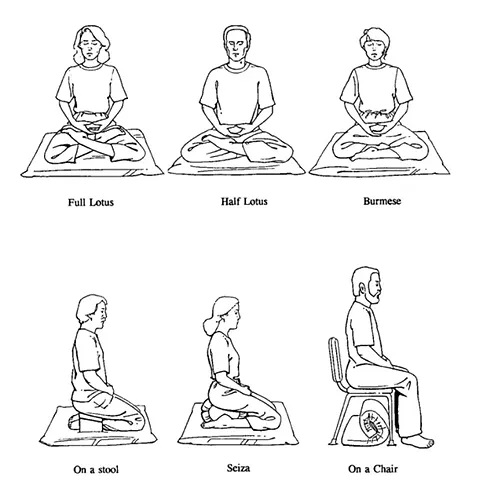
3. Half lotus position
If the lotus pose is too challenging, the half-lotus pose is a good alternative. In this posture, one foot rests on the opposite thigh, while the other foot is tucked under the opposite knee. Place a cushion under your folded leg for comfort and support.
This posture helps to keep your spine straight, but it’s easier to maintain than the full lotus pose. Even though this classic best posture for meditation practice pose looks complex, it can aid concentration when done correctly.
4. Straight-back chair position
For people with tight hips, back or knee issues, sitting in a straight-backed chair with the soles of your feet flat on the ground can be an ideal meditation posture.
Use a cushion to raise your hips slightly above your knees. Keep your back straight, shoulders relaxed and head balanced atop your spine. Focus on grounding through your sit bones.
If sitting on the floor is uncomfortable for you, you can meditate while seated on a chair. The key is to sit with your back straight. This posture is especially helpful for those with mobility issues or back pain.
5. Kneeling position
The kneeling pose, also known as the “hero” pose, is another option for those who cannot sit cross-legged or on a chair.
In this posture, you kneel on the ground with your buttocks resting on your heels and your hands resting on your thighs. This posture helps to keep your spine straight and your mind focused.
Kneeling postures, such as Seiza, are revered for their grounding effects. By sitting on the heels with the back straight, these postures create a stable foundation and enhance the flow of energy throughout the body.
Related: Why Meditation Is Essential For Success
6. Lying down
Although lying down is not the traditional posture for meditation, it can be a valuable option for individuals struggling with physical discomfort or injuries.
Also known as the supine position, it allows individuals, who are unable to sit for long periods of time, the opportunity to meditate. All you need to do is lie down on your back in a relaxed yet alert state of mind.
The supine pose promotes relaxation, relieves physical discomfort, and allows for a deep sense of calm and stillness.
Well now you know “what is the best posture for meditation?” and how every posture can add value to your practice. But what about people who are just starting with meditation?
Best posture for meditation for beginners
Want to know about the best way to sit for meditation? If you are just starting out with your practice, then it is crucial that you choose a position that feels comfortable and easy to you.
Here are some best posture for meditation practice that are good for beginners –
1. Seated on a chair
This is one of the simplest postures for beginners. Just sit comfortably on a straight-backed chair with your feet flat on the floor, spine straight, and hands resting gently on your thighs. This is perhaps the best way to sit for meditation for beginners.
2. Easy pose
Sit cross-legged on the floor but with one or both knees resting on the floor for support. Place a cushion under your buttocks if needed. This easy leg position is less demanding than traditional lotus or half-lotus poses.
3. Reclining pose
Lie flat on your back on a mat or cushion with your arms by your sides, palms facing up. Your legs should be slightly apart with feet falling outward. This relaxed reclining posture can be soothing for beginners.
4. Kneeling pose
Kneel on the floor with your buttocks resting on your heels. Sit back on your heels to fully support your weight. You can place a cushion under your knees for comfort. Rest your hands on your thighs. This is a stable beginner’s posture.
Want to know more about what is the best posture for meditation for beginners? Read on.
5. Standing pose
Stand with your feet hip-width apart and legs slightly bent. Distribute your weight evenly between both legs. Let your arms hang loosely at your sides. Standing meditation can be energizing for novices since it requires less willpower to maintain.
6. Walking meditation
Gentle walking meditation is a simple way for beginners to start practicing mindfulness in motion. Walk at a slow, relaxed pace while focusing your attention on your breathing and the sensations of walking.
These postures are easy and simple for anyone to practice in and experience mindfulness, inner peace and bliss. The best posture for meditation practice should make you feel comfortable, minimize physical sensation and mental distraction.
Experiment to find what works for you, and make adjustments over time to progressively improve your meditation posture and practice. Above all, prioritize ease, relaxation and openness as you settle into stillness.
Related: The Beginner’s Guide To Meditation
Why is posture important for meditation?
Now that we have explored “what is the best posture for meditation?”, let us understand why posture is so important? Posture plays a vital role in meditation because it affects the flow of energy in the body.
When you sit in a certain way, you create a certain energy flow that can either enhance or impede your meditation practice. The right posture helps to keep your spine straight, which allows for easy breathing and helps to keep your mind focused and alert.

Posture plays a crucial role in meditation for several compelling reasons. Here’s why posture is important for meditation:
1. Physical alignment
A proper meditation posture ensures the alignment of the body, promoting physical comfort and stability. By maintaining a straight spine, the energy flow within the body is optimized, allowing for a more harmonious meditation experience.
2. Enhancing focus
The right posture helps to minimize physical distractions during meditation. When the body is aligned and at ease, it requires less attention and allows the mind to focus more effortlessly on the present moment, deepening concentration and mindfulness.
3. Supporting mental alertness
Sitting with an upright posture helps to keep the mind alert and awake during meditation. Slumping or hunching can lead to drowsiness or a lack of clarity.
A proper posture encourages a state of relaxed yet heightened awareness, enabling a more engaged and vibrant meditation practice.
4. Emotional and energetic balance
Posture influences our emotional and energetic states. A balanced and aligned posture promotes a sense of stability, grounding, and inner strength.
It allows emotions and energies to flow freely and harmoniously, aiding in the release of tension and facilitating emotional well-being. This is why it is important to know what is the best posture for meditation practice.
5. Mind-body connection
The way we hold our bodies reflects our mental and emotional states. Adopting an intentional posture for meditation creates a feedback loop, where the physical posture influences the mind, and the mind, in turn, affects the body.
By assuming a posture of openness and ease, we can cultivate a sense of inner calm and tranquility.
6. Cultivating stillness
The best posture for meditation supports the practice of stillness. By sitting in a stable and comfortable position, we minimize the need for physical readjustment, allowing the mind to settle more easily into a state of deep calm and quiet.
Posture serves as the foundation for a fulfilling meditation practice. It promotes physical well-being, enhances mental focus, cultivates emotional balance, and supports the harmonious integration of mind and body.
By paying attention to our posture, we can unlock the full transformative potential of meditation and experience profound states of inner peace and self-discovery.
Benefits of proper posture in meditation
By maintaining the best posture for meditation practice, you can experience a range of physical, mental, and emotional benefits.
Here are some of the most notable benefits:
- Improved posture and spinal health
- Increased focus and concentration
- Reduced stress and anxiety
- Improved breathing and lung capacity
- Greater self-awareness and introspection
- Enhanced emotional regulation and resilience
- Improved overall well-being and quality of life
Related: 20+ Best Meditation Music For Stress and Anxiety Relief
Tips for best way to sit for meditation
Here are some tips and guidelines that will help you find the best way to sit for meditation suited your your unique needs:
1. Minimize physical discomfort
The key to finding your ideal meditation posture is minimizing physical discomfort. Any pain, tightness or restlessness in the body can interfere with concentration and mindfulness. Start by experimenting with different classic postures to see which feels most comfortable to you.
2. Keep spine straight but relaxed
One aspect about the best way to sit for meditation that remains constant is the importance of keeping the spine straight but relaxed. An erect spine aligned with the head and neck helps energy flow and concentration.
However, you want to avoid strain or rigidity – find a natural position that is comfortable and effortless.
Focus on letting the curves in your lower and upper back release so your spine is supported evenly. Gently lift your chest and draw your shoulders down away from your ears. Tuck your chin slightly to keep the neck long. Breathe deeply into your back to release any tension.
3. Ground through your sit bones
Whether sitting in a chair or on the floor, connect with the ground through your sit bones, which are the bottom part of your pelvis – the two bony prominences at the base of your spine.
As you shift your weight into your sit bones, the pelvis tilts slightly forward which helps open the lower back.
Focus on evenly distributing your weight between both sit bones. You can use a small cushion under your sit bones if that helps. Letting your sit bones ground you anchors you and aids concentration during meditation.
Here are some additional tips for finding the best posture for meditation practice:
4. The more you meditate, the easier it will become to naturally sit in an ideal meditation posture.
5. Cushions, chairs and blankets can help you maintain proper alignment while also minimizing discomfort.
6. Conscious breathing automatically helps straighten your spine and relax your body.
7. If sitting in one posture for an extended period is difficult at first, start with shorter meditation sessions.
8. Once you find a comfortable meditation posture, try to avoid holding tension in any part of your body. Let go of all effort and allow your body to be effortlessly supported by the floor.
9. If a certain posture becomes painful over time, make adjustments or switch positions to relieve discomfort.
10. Finding the optimal meditation posture takes time, practice and listening to your body’s feedback. Have compassion for yourself.
11. Consciously drop and loosen your shoulders away from your ears. Relaxed shoulders enable good posture.
12. Unclench your jaw, release tension around your eyes and relax your brow. A soft, open face supports relaxed alignment throughout the body.
The most important thing is that your meditation posture allows you to settle in, focus your attention, and let go of distractions. Start with where you’re at now and make gradual adjustments over time – both with your physical alignment and your mindfulness practice.
What matters most is sitting in a position that allows you to let go of physical and mental tension once you close your eyes.
Related: How To Meditate Without Meditating: 7 Alternative Forms of Meditation
Common mistakes to avoid
Here are some common mistakes most people make when trying to find the best posture for meditation practice:
1. Avoid forcing yourself into a particular meditation posture, like full lotus, that is not suitable for your body.
2. Do not hold your posture with too much tension, stiffness and rigidity. The best posture is relaxed yet aligned.
3. Don’t think props, like cushions or chairs will hamper your meditation experience. Props can make a positive difference.
4. Avoid constantly shifting, moving, adjusting or readjusting and fidgeting during meditation.
5. Avoid focusing more on perfecting your posture instead of focusing on your meditation practice.
The key is to find a position that is relaxed yet aligned, supported yet comfortable, and conducive to meditating.

Takeaway
Consistency is key when it comes to developing a meditation posture practice. The tips and techniques discussed above will help you integrate the best posture for meditation into your daily routine.
Whether you choose to sit on a cushion, a chair, or lie down, developing a regular posture practice will enhance your overall meditation experience.
By practicing meditation with proper posture, you can experience a range of physical, mental, and emotional benefits that can enhance your overall well-being and quality of life.
Related: One Meditation Taboo You Should Break Right Now!
Remember to be patient and persistent, and don’t be discouraged if you don’t get it right the first time. With practice and dedication, you can achieve the best way to sit for meditation and enjoy the many benefits that come with it.
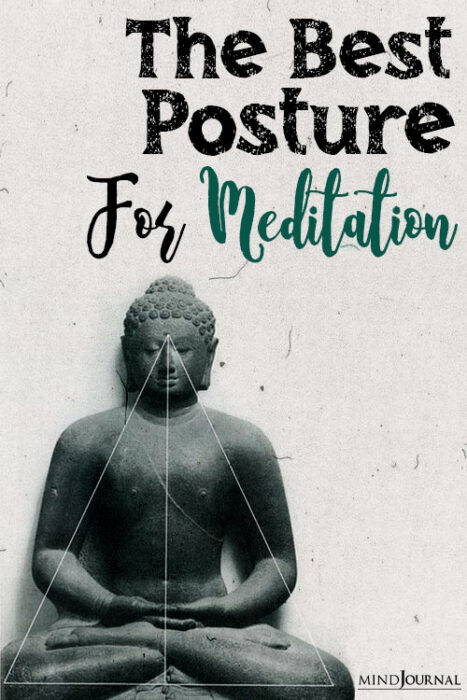
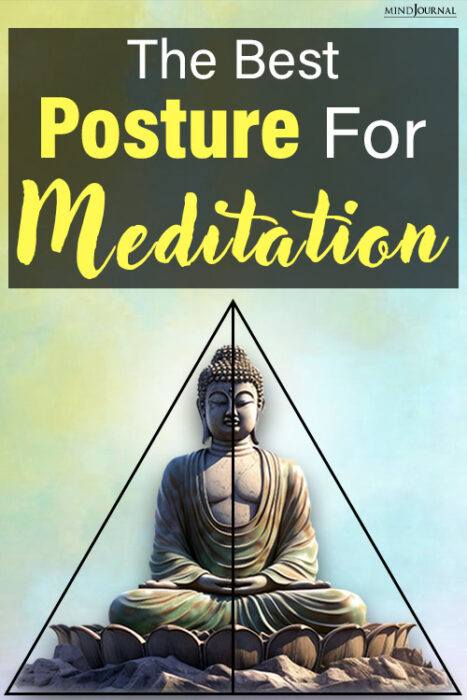
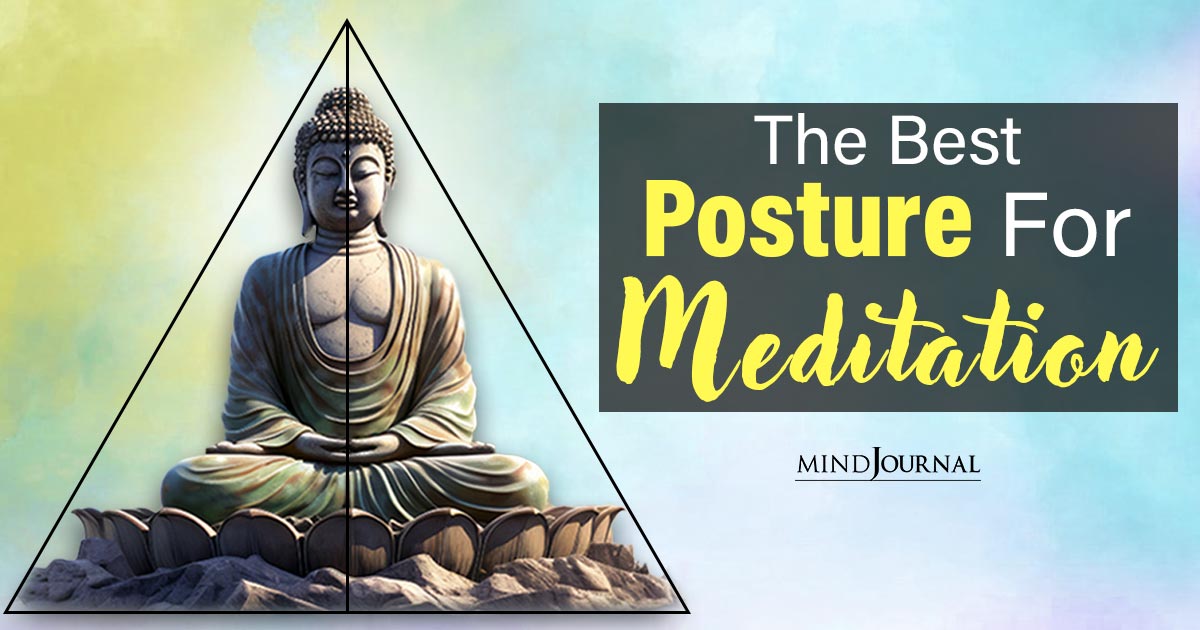
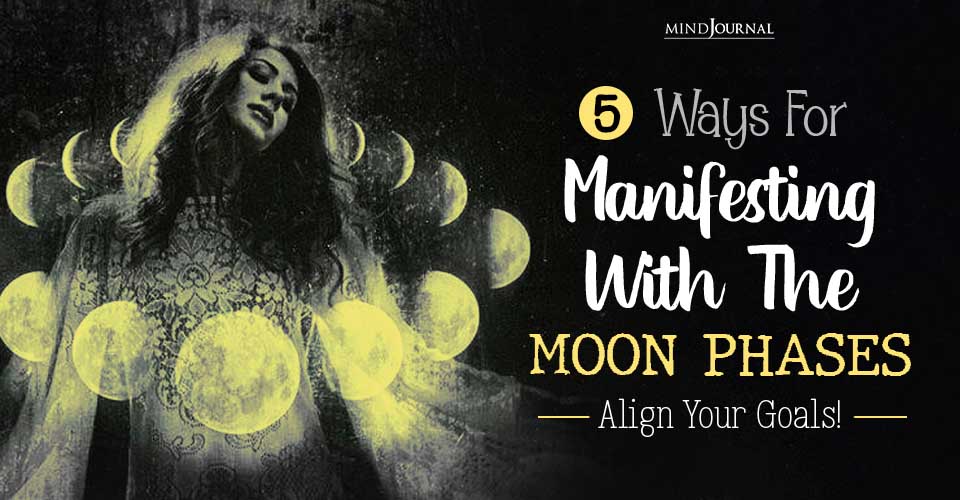
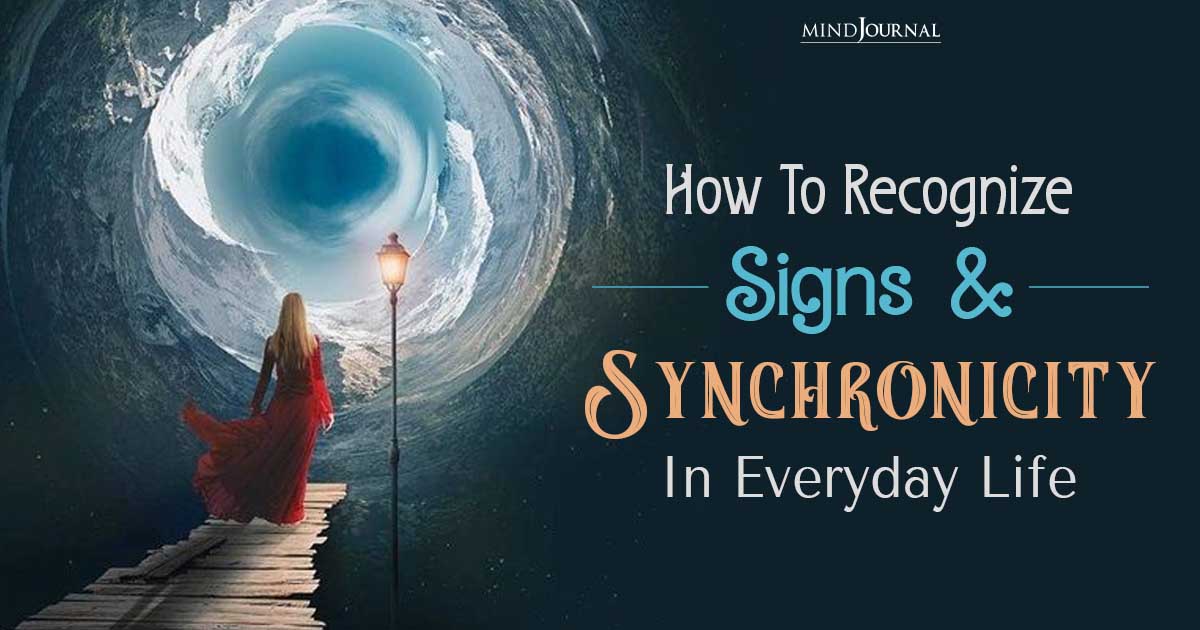




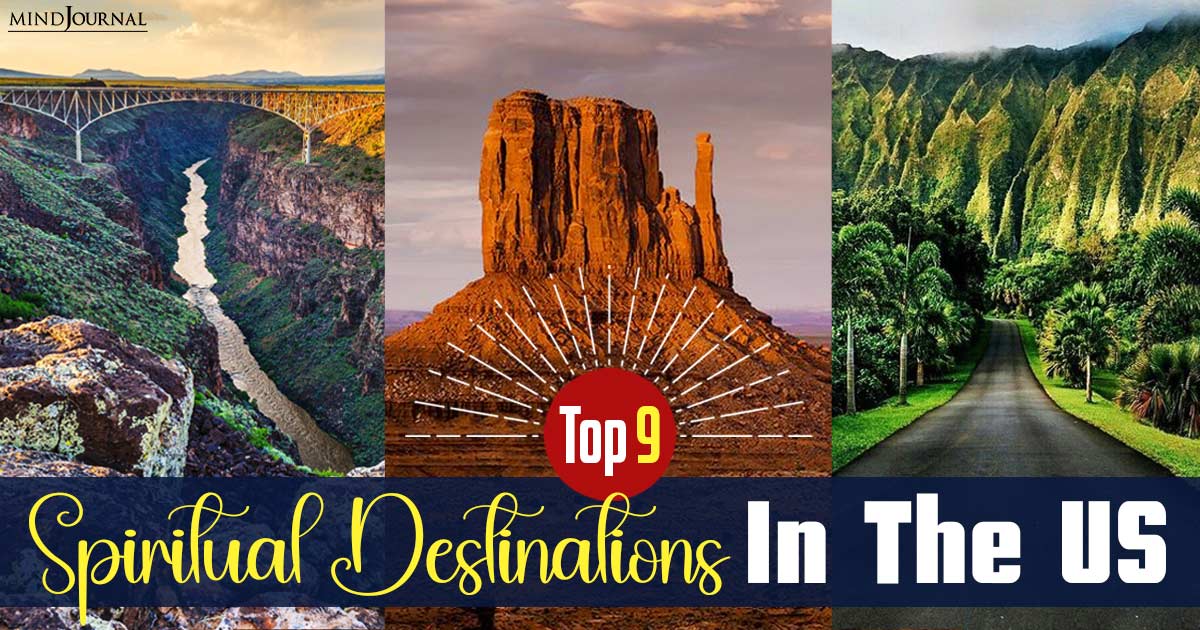
Leave a Reply
You must be logged in to post a comment.